Epazote is an annual herb that grows to a height of 2-3 feet. It has long, slender leaves that are dark green and have a serrated edge. The plant produces small, white flowers that bloom in the summertime. Epazote can be grown in other parts of the world as well. Epazote leaves have a strong, pungent flavor. Epazote is easy to grow from seed and can be started indoors or outdoors.
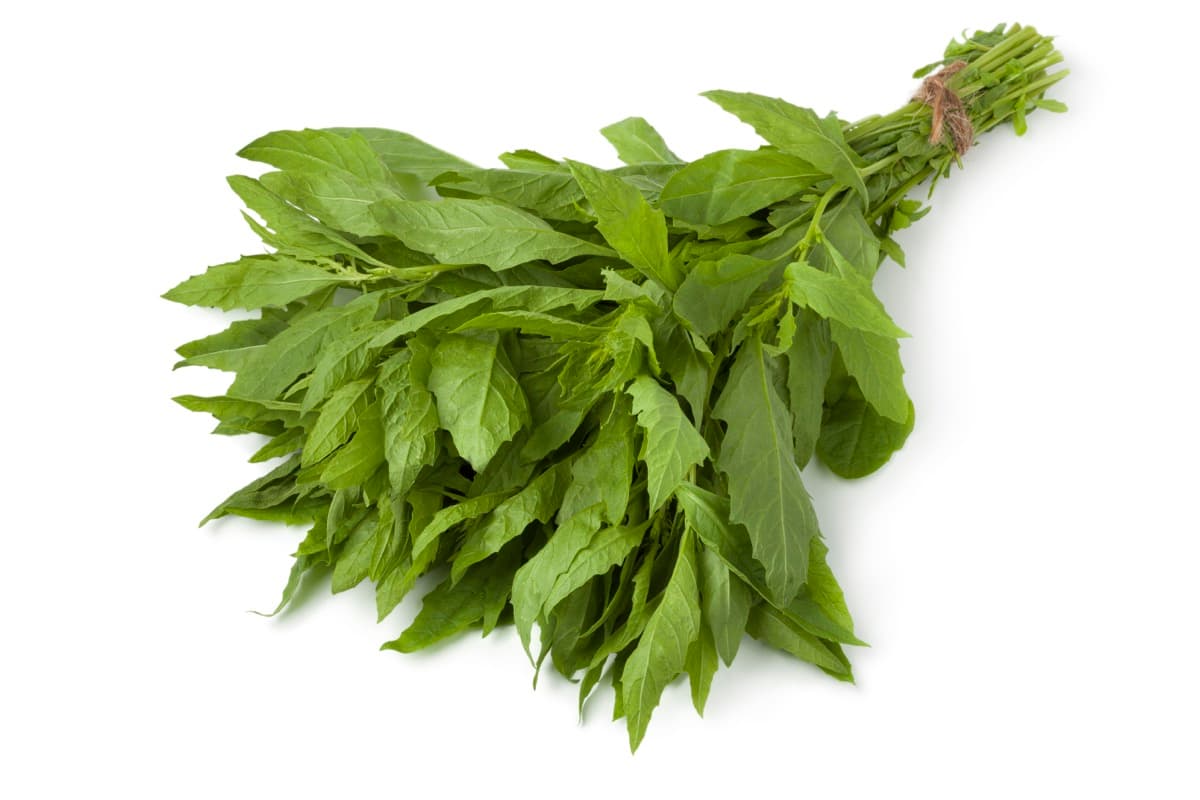
How to Grow and Care for Epazote Herb in Your Garden
Climate Suitable for Growing Epazote In the Garden
Assuming you have a climate that is at least warm enough to grow cilantro, Epazote will likely do well in your garden. This herb does best in full sun but can tolerate some shade, especially in hot climates. Epazote is a heat-loving plant that is unsuitable for growing in cooler temperatures. The ideal temperature range for growing Epazote is 15 to 30°C. If you live in an area with very hot summers, you may need to provide some afternoon shade for your plants to prevent them from getting too much direct sun and becoming stressed.
Plants that are under stress are more susceptible to pests and disease. Epazote is a drought-tolerant plant that does not need much water to thrive. To ensure your Epazote herb plants receive enough sunlight, plant them in an area of your garden that gets full sun to partial shade. If you live in a climate with long, hot summers, Epazote herbs will appreciate some afternoon shade to prevent wilting. Epazote herbs need at least 6 hours of sun per day.
Soil Requirement for Growing Epazote In the Garden
Epazote grows best in well-drained, sandy soil with a pH of 6.0 to 7.5. If the soil is kind clay-like, improve the drainage by adding some organic matter like compost or peat moss. Epazote also prefers a sunny location, though it will tolerate some shade. The leaves of the Epazote plant can be used fresh or dried, and it is also available in powder form. When growing Epazote, choosing the right type of soil is important. The best soil for growing Epazote is a well-drained, sandy loam.
In case you missed it: Best Herbs for Tea Garden: What to Grow in a Tea Garden
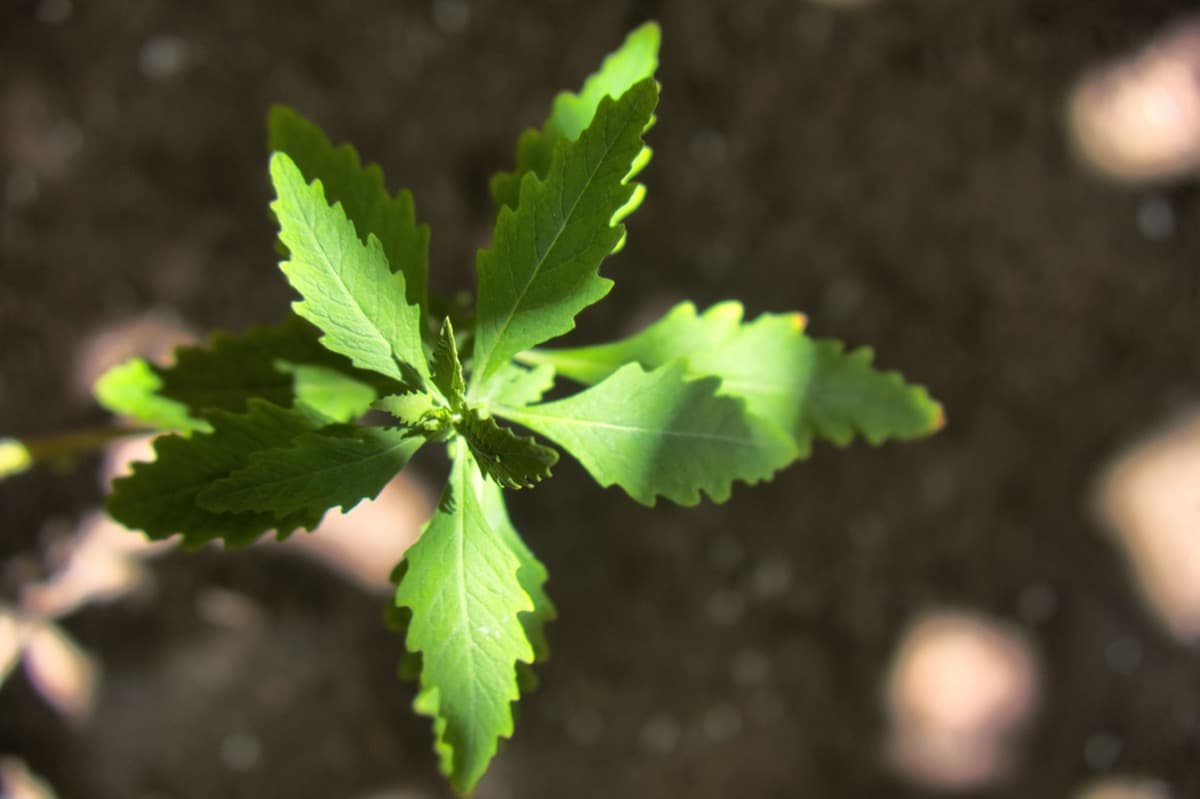
Epazote does not tolerate wet or soggy conditions, so ensuring the soil drains well is important. Once you have chosen the right soil type, you must prepare it for planting. Epazote can be planted directly into the ground or started in pots indoors and then transplanted outdoors later. If you are starting your plants indoors, sow the seeds in flats filled with sterile potting mix about 1/4 inch deep. Keep the flats moist but not wet and place them in a warm location with indirect light until they germinate, which usually takes 7-10 days.
Water Requirement for Growing Epazote In the Garden
The water requirement for growing Epazote Herbs in the garden is very minimum. It does not require any special care when it comes to watering. Just make sure that the soil is not too dry. The plant needs at least 1 to 2 inches of water per week. If the weather is particularly hot or dry, you may need to water more frequently. Keep an eye on the leaves and stems of the plant, and if they start to wilt, that’s a sign that the plant needs more water.
Epazote is relatively easy to grow in the garden. It prefers full sun but can tolerate some shade and does best in well-drained soil. Epazote will self-seed freely, so be sure to deadhead spent flowers if you don’t want it to spread too much. Water requirements for Epazote are moderate. Give plants a deep watering about once a week or more often if growing in hot, dry conditions. Allow the soil to dry out somewhat between watering to prevent root rot.
In case you missed it: How to Grow and Care for Agrimony in Your Herb Garden
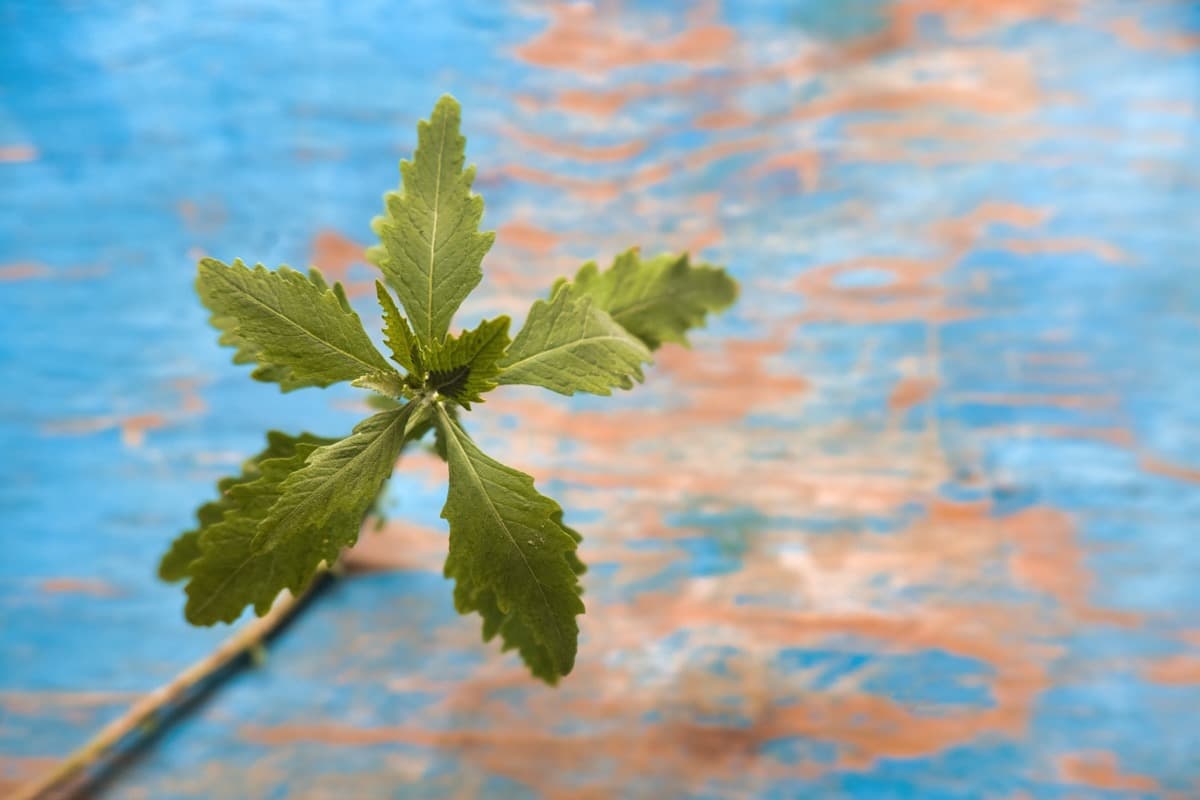
Propagating Epazote Herb
From Cutting
Snip a 4-6-inch stem from a healthy plant to propagate Epazote and remove the bottom leaves. Place the stem in a jar or glass of water and set it in a sunny spot. Every few days, change the water to keep it fresh. After about a week, you should see roots forming at the bottom of the stem. Once the roots are an inch or two long, you can transplant them into potting soil. Keep the soil moist until the plants are established.
From Seed
Epazote leaves have a strong, pungent flavor. The plant grows 2-3 feet tall and has small, greenish-white flowers. Epazote is easy to grow from seed and can be started indoors or outdoors. To start Epazote seeds indoors, sow them in a tray filled with moist potting mix. Keep the seed tray in a warm, sunny location and moisten the soil.
Once the seeds germinate, thin the seedlings to one per cell. To start Epazote seeds outdoors, sow them in a prepared bed after all danger of frost has passed. Sow the seeds ¼ inch deep and thin the seedlings to 12 inches apart when they are 4-6 inches tall. Epazote will self-seed if left alone, so you may want to deadhead the flowers to prevent this if you do not want it spreading throughout your garden.
Transplanting Epazote seedlings
To transplant Epazote seedlings, prepare the planting bed by loosening the soil and adding compost. Choose a sunny location with well-drained soil. Water seedlings thoroughly before transplanting. Gently remove seedlings from their containers, taking care not to damage roots. Space seedlings 12-18 inches apart in the prepared bed, then water well again. Keep soil moist but not wet, and fertilize monthly with a balanced fertilizer. Epazote will begin to bloom in late summer or early fall.
In case you missed it: 11 Herbs for Hanging Baskets: Best List for Your Home Garden
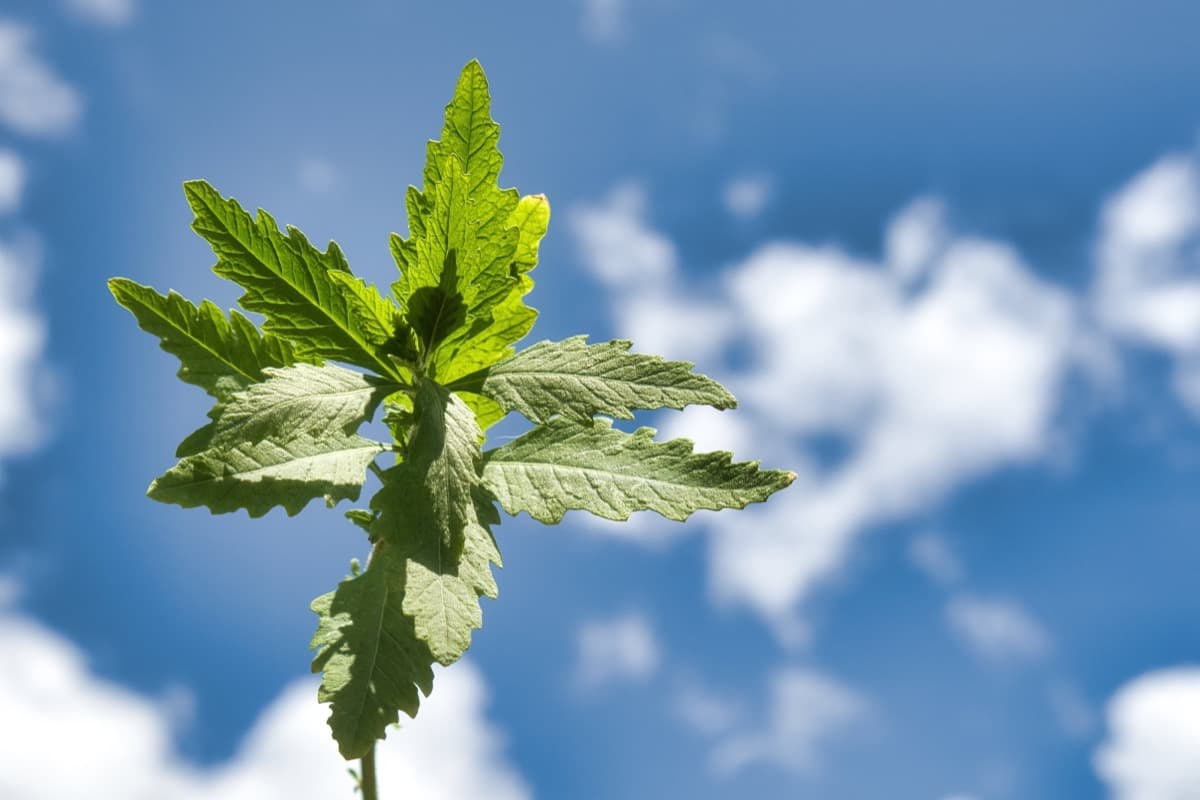
Epazote Plant Care
Fertilizer Requirement for Growing Epazote in the Garden
To ensure your Epazote herb plant grows healthy and strong, it is important to provide the right fertilizer. The best fertilizer for Epazote is high in nitrogen and low in phosphorus. Nitrogen helps promote foliage growth, while phosphorus aids in root development. Apply the fertilizer around the plant, taking care not to get any on the leaves. Fertilize Epazote every two weeks during the growing season.
To ensure that your Epazote Herb grows healthy and strong, you must fertilize it regularly. The perfect time to fertilize is in the spring before the plant grows actively. You can use any fertilizer, but follow the instructions on the package carefully. Over-fertilizing can damage the plant.
Epazote is easy to grow and care for and makes an excellent addition to any kitchen garden. Epazote plants need a regular supply of nutrients to ensure healthy growth and plentiful harvests. A monthly application of balanced fertilizer will give your plants the nutrients they need to thrive. Apply fertilizer at the base of the plant, taking care not to get any on the leaves or stem. Water thoroughly after applying fertilizer to help the nutrients reach the roots.
Pruning Epazote Plant
To keep your Epazote plant healthy and looking its best, prune it regularly. Pruning helps to encourage new growth and also keeps the plant tidy. You can prune your Epazote plant in early spring or late summer. Before you start pruning, make sure you have the right tools. You will need a sharp pair of gardening shears or scissors. Start by removing any dead or dying leaves or stems from the plant. Cut these backs to the nearest healthy leaf or stem. Next, cut back any long or leggy stems.
These stems are growing straight up with few leaves on them. Cut these stems back to about 6 inches above the ground. Pruning your Epazote herb is important to keep this plant healthy and vigorous. You should prune back the plant after it flowers to encourage new growth. You can also trim back any leggy or overgrown stems. Be careful not to over-prune your plant; only remove as much as necessary to keep it healthy and looking good.
In case you missed it: 13 Herbs that Grow Best from Cuttings: A Must Grow Herbs List in Your Garden
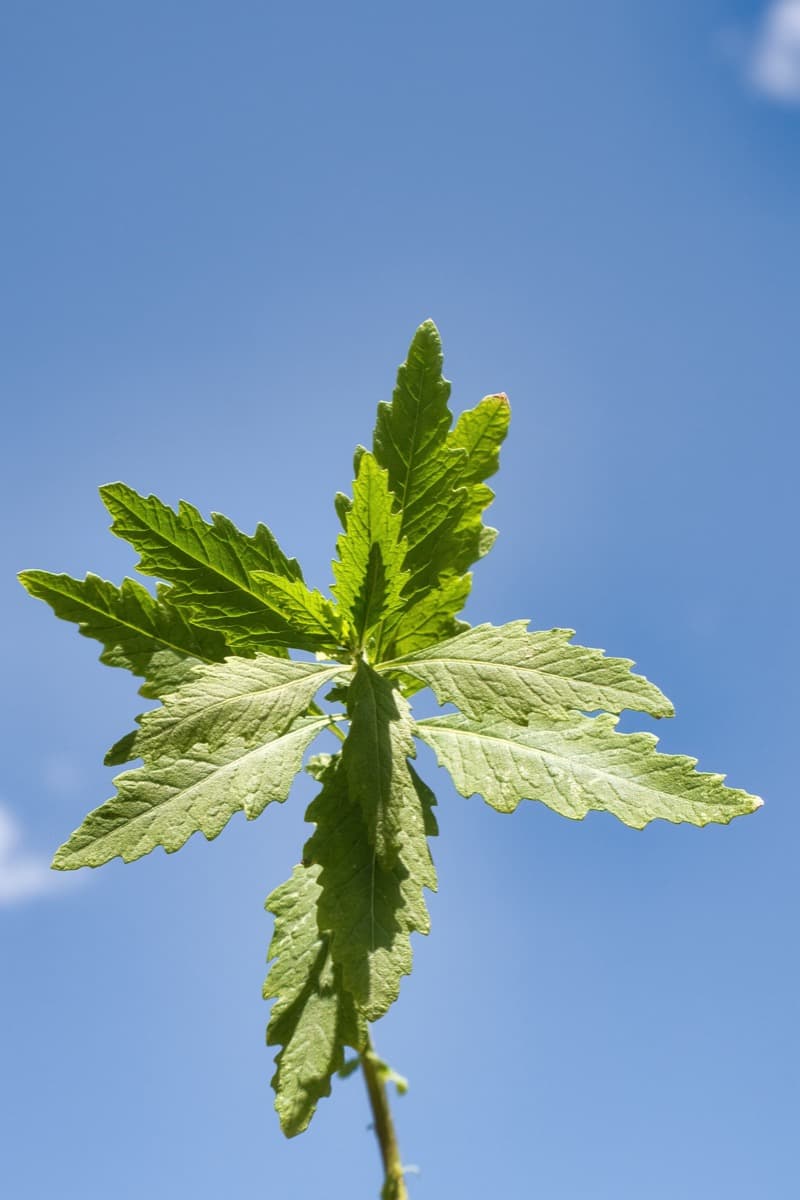
Epazote Plant Care in Winter
In winter, Epazote herb care protects the plant from the cold. This can be done by mulching around the base of the plant or by growing it in a pot and bringing it indoors during very cold weather. The plant does not need much water this season, so allow the soil to dry out between watering. If you live in an area without snow, you may not need to do anything special for your Epazote herb during winter.
Pests and Diseases of Epazote Plant and Their Control
While Epazote is not known to be affected by many pests, a few can cause problems for this herb. Aphids, whiteflies, and spider mites may all feed on the leaves of Epazote, causing them to become yellow or stunted. These pests can be controlled with regular insecticidal soap or neem oil applications. Slugs and snails may also chew on the leaves of Epazote, but they are more likely to attack the plants when they are young seedlings.
To protect your plants from these pests, use slug bait around the base of the plant or set out traps made from boards or upturned flowerpots. Epazote is an herb that is known to have many health benefits. However, like other plants, Epazote can also be susceptible to diseases. Powdery mildew is a type of fungal disease that can affect Epazote. It appears as white or grayish-white powdery spots on the leaves and plants stem.
To control powdery mildew, use a fungicide or remove affected leaves from the plant. Leaf spot is another type of fungal disease that can affect Epazote. It appears as small, dark spots on the leaves of the plant. You can use a fungicide or remove affected leaves from the plant to control the leaf spot. Root rot is a type of fungal disease that can affect Epazote. It appears as brown or black lesions on the roots of the plant. You can remove affected roots from the plant to control root rot.
Harvesting Epazote Plant Leaves
Epazote is easy to grow and care for and can be a great addition to your garden. Harvest Epazote plant leaves by snipping them with scissors, about 1 inch above the ground. If you want to dry the leaves for later use, tie them in small bundles and hang them upside down in a cool, dry place.
In case you missed it: 21 Best Herbs for Container Gardening: Tips, Ideas, and Techniques
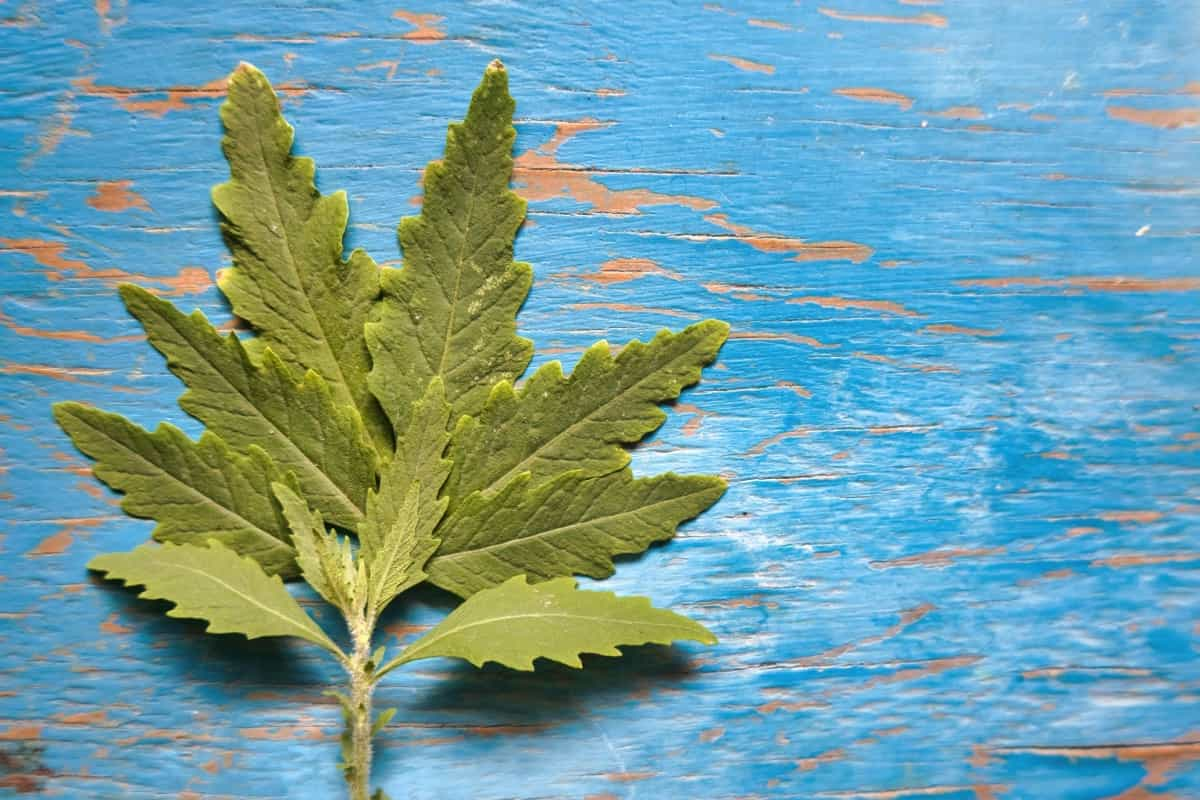
Conclusion
Epazote is a delicious and versatile herb easy to grow in the garden. With proper care, this herb can thrive and provide fresh leaves for cooking all season long. It is relatively easy to do if you want to grow your own Epazote. The plant prefers full sun and well-drained soil. Epazote can be propagated by seed or division. To harvest the leaves, cut them from the stem just before the plant flowers. You can dry the leaves for later use or use them fresh in your cooking.
- Where to Place Indoor Plants in Your Home
- How to Grow Tomatoes Organically at Home: A Comprehensive Guide
- Organic Gardening on a Budget: Low-Cost Methods and Materials
- Gongura Seed Germination and Planting Methods
- Cabbage Seed Germination and Selection
- Broccoli Seed Germination and Selection
- Asparagus Seed Germination and Variety Selection
- Seasonal Flower Gardening: Best Practices for Spring, Summer, Fall, and Winter
- How to Grow Hibiscus from Flower
- Plantation Ideas for Home Decoration: A Beginners Guide
- Flower Garden Designs and Layouts for Beginners
- Planting and Spacing Techniques in Papaya: A Beginner’s Guide
- Growing Gold: Essential Techniques for Planting Pineapples
- How to Make Kalanchoe Plant Bushy: Home Remedies and Solutions
- 11 Reasons Why Your Gardenia is Not Blooming: Home Remedies and Solutions
- Eco Elegance: The Guide to Designing a Drought-Tolerant Landscape
- Gardening on a Slope: Strategies for Hillside Landscaping
- Nourish and Flourish: Top Organic Mulches for Thriving House Plants
- Everything You Want to Know about Indian Mogra Flower: Discover Uses and Growing
- Green Thumb Success: Expert Tips for Cultivating Greenhouse Pumpkins All Year Round
- Maximize Growth & Flavor: The Ultimate Guide to Companion Planting in Herb Gardens
- How to Control Rhododendron Problems Naturally: Home Remedies and Organic Ways to Fix Them
- Natural Magic: The Remarkable Benefits of Cinnamon for Plants
- Best Steps to Revive Dying Tulip with Natural and Organic Treatment
- 10 Reasons Why Your Angel Trumpet is Not Blooming: Remedies and Treatment
- How to Fix Periwinkle Leaf and Flower-Related Problems: Natural Remedies and Solutions
- How to Fix Zinnias Leaf and Flower Problems: Discover Natural and Home Remedies
- Organic Steps to Induce Lemon Tree Flowers: A Comprehensive Guide
- Bloom Booster: Crafting the Perfect Homemade Bougainvillea Fertilizer
- Optimizing Growth: A Guide to Applying NPK Fertilizer for Potted Plants
- 10 Best Homemade Fertilizers for Rubber Plant: DIY Recipes and Application Method
- How to Boost Female Pumpkin Flowers: Effective Steps for More Flowers and High Yields
- Transform Your Indoor Garden: Top Benefits of Pink Salt for Houseplants
- 10 Best Homemade Fertilizers for Peacock Plants (Calathea): Easy DIY Guide
- Unlock Blooms: 9 Reasons Why Your Potted Chrysanthemum is Not Blooming
- 8 Reasons Why Your Potted Hibiscus is Not Blooming: Fix it with Simple Solutions